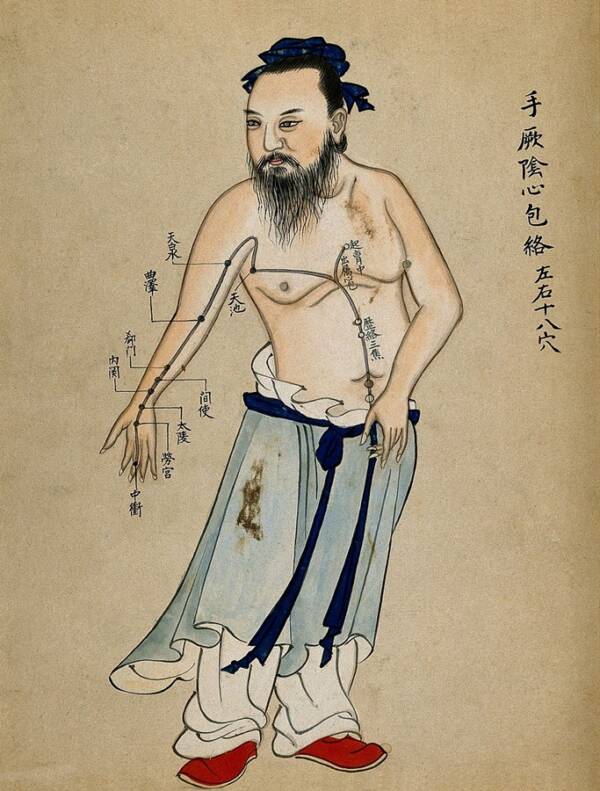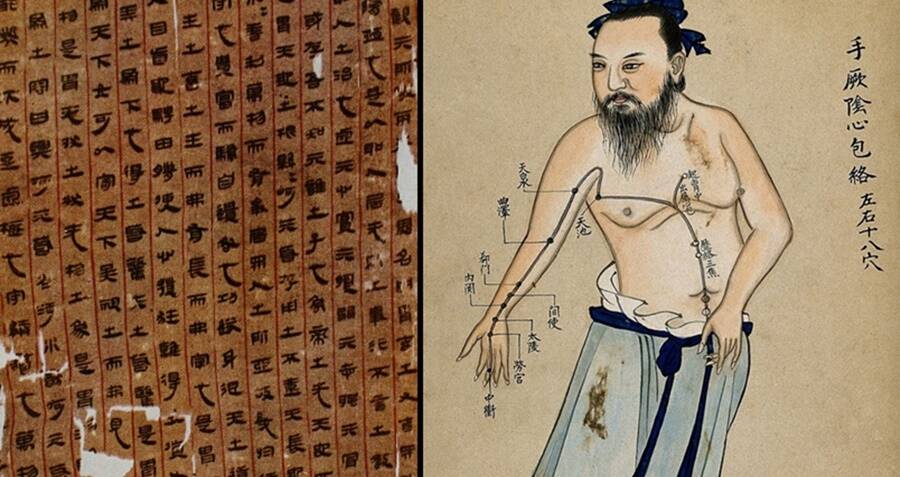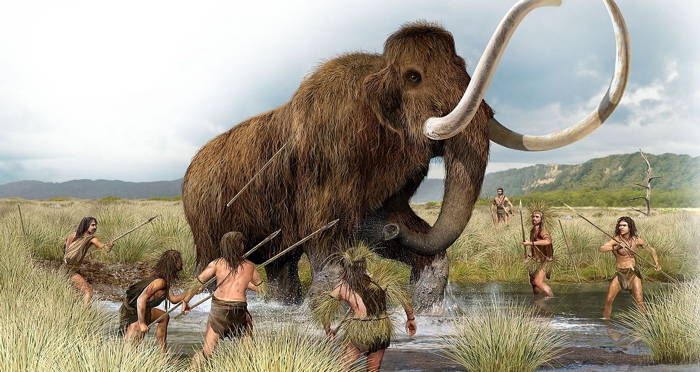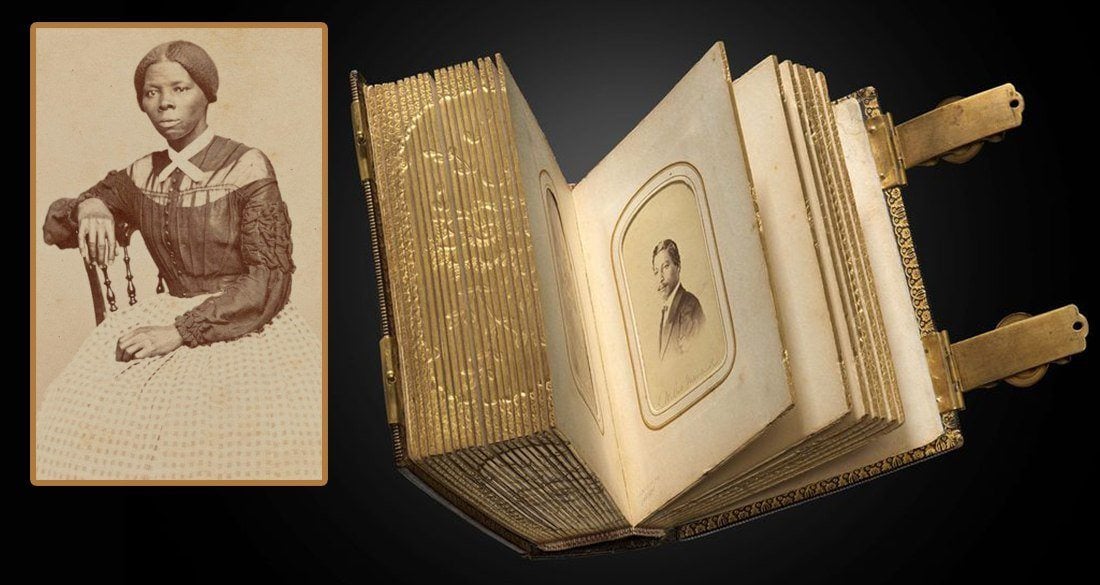Unveiling Secrets: The 2,200-Year-Old Chinese Text That Challenges Our Understanding of Human Anatomy History
Another part of the text describes a “meridian” in the foot that “starts at the big toe and runs along the medial surface of the leg and thigh. Connects at the ankle, knee, and thigh. It travels along the adductors of the thigh, and covers the abdomen.” This matches the location of the saphenous vein.
The findings are remarkable for two reasons. First, given the age of the tombs which date back to the Han Dynasty between 206 BC to 220 AD, the texts are no doubt the oldest known medical charts describing the human anatomy in the world.
As the paper notes, the Chinese text “represent the earliest surviving anatomical atlas, designed to provide a concise description of the human body for students and practitioners of medicine in ancient China.”

Wikimedia CommonsThe discovery debunks the long-standing myth that Chinese acupuncture had no scientific foundation in its origins.
Previously, the oldest written medical chart of the human anatomy was believed to originate from Greece. Historians believed that ancient Greek physicians like Herophilus and Erasistratus — both who lived sometime before the Han Dynasty period — had likely authored such ancient medical texts.
But most of their texts have been lost and are only known from what other ancient writers wrote about them.
Secondly, the medical text also debunks the long-standing myth that there was no scientific foundation for the “anatomy of acupuncture.” The medical text reflects obvious connections to the ancient practice and offers evidence that physicians who wrote about acupuncture were working off of actual observations of the human body.













Post Comment